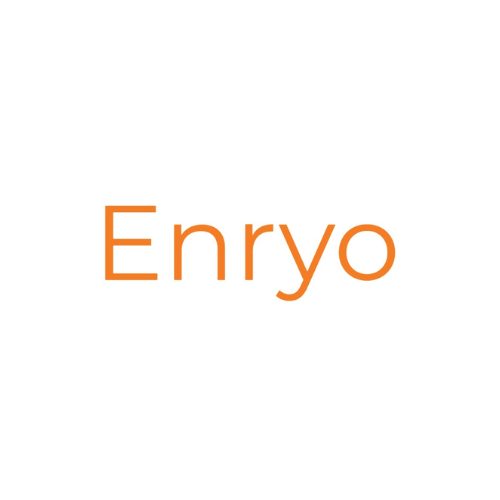Source: The Banker
The Federal Reserve Bank of New York and the Monetary Authority of Singapore (MAS) are collaborating in a project to examine the use of wholesale central bank digital currencies, or wCBDCs, for cross-border payments.
The joint experiment, called ‘Project Cedar Phase II x Ubin+’, is a combination of the respective wCBDC initiatives by MAS (Ubin+) and the New York Fed (Project Cedar). One of its key aims will be to reduce settlement risk that adversely affects cross-border, cross-currency transactions.
“With the Federal Reserve Bank of New York, we share the vision that joint experimentation among the central banking community is important to advance the learning on the potential of digital assets and CBDCs and hence the genesis for the collaboration,” a MAS spokesperson told The Banker.
The second phase of the multi-stage Project Cedar follows the completion of Phase I. Announcing the results of the first phase, the New York Fed revealed this month that their development of a blockchain-supported wCBDC prototype could improve the speed and safety of cross-border wholesale payments.
Raising efficiency, reducing risk
Project Cedar Phase II x Ubin+ will examine how CBDCs could improve the efficiency and reduce the settlement risks of cross-border wholesale payments using multiple currencies. Gilbert Verdian, CEO and founder of Quant, says CBDCs use underlying distributed ledger technology that is well placed to solve many settlement issues.
The joint project primarily focuses on the data structure and format of CBDCs, specifically how to improve atomic settlement on similar types of currency ledgers. “This experiment enables interoperability and security, giving each central bank participant jurisdictional autonomy,” says Mr Verdian.
MAS began experimenting with blockchain technology and wCBDCs in 2016 through Project Ubin, with the aim to make cross-border payments cheaper, faster and more efficient.
The project demonstrated that banks could pay one another without going through a central bank and validated the concepts of decentralised netting of payments while preserving transactional privacy, as well as final settlement and delivery versus payment by tokenising digital currencies and securities assets so that they could be simultaneously exchanged, according to the MAS spokesperson.
wCBDCs could potentially gain traction as a cross-border medium of exchange, says the spokesperson, adding that MAS is studying possible mechanisms to maintain connectivity across CBDC and other heterogenous digital currency networks.
Ultimately, MAS is looking to address the settlement leg of the transaction, which would ultimately lead to cheaper, faster and safer cross-border transactions, concludes the spokesperson.
Decentralised central banks
The collaboration between the New York Fed and MAS is a positive sign of legacy banking institutions pledging resources to real research in blockchain technology. But according to Uldis Teraudkalns, CEO of licensed electronic money institution Nexpay, from the perspective of industry insiders this is not revolutionary.
“Of course, central banks and other legacy banking institutions have been using digital currencies for decades. The real question has to do with how these institutions will deal with decentralised ledgers. In other words, will we ever see decentralised central banks?” he asks.
David Donovan, executive vice-president, financial services at digital consultancy Publicis Sapient, says CBDCs are transforming the digitisation of payments globally and thus have a positive impact on the world and the world economy. He says the introduction of wCBDCs would create a unified platform that is interoperable with other global platforms.
“Settlement risk would be reduced significantly as well as counterparty risk, as most counterparties prefer central bank money,” says Mr Donovan.
Experiments elsewhere
Julia Demidova, senior director for real-time payments and CBDCs at financial services firm FIS, agrees that wCBDCs could enable atomic and more efficient settlement. She cites successful experiments and pilots in the wCBDC and cross-border space, such as Project Jura between Banque De France, Swiss National Bank and the Bank for International Settlements, which explored the settlement of tokenised euro-commercial paper and FX transactions between euro and Swiss franc wholesale CBDCs.
Ms Demidova explains that the project demonstrated interoperability between two wholesale CBDCs and a digital asset network, showing payment versus payment and delivery versus payment with a single transaction, mitigating risks and increasing efficiency.
“Project Jura demonstrated this for the first time with real transactions, with non-resident financial institutions having intraday access to foreign wholesale CBDCs. We have seen many other successful experiments to date, and lots of new exciting opportunities from the central banks exploring wholesale CBDCs,” she says.
Imagination versus reality
CBDCs themselves give the industry a huge opportunity to digitally reimagine use cases that are taken for granted, according to Paul Thomalla, head of industry and regulatory affairs at fintech Finastra. Imagining the potential use cases is easy, he says, but delivering it in practice and creating all the regulation is less straightforward.
“The New York Fed’s experiment to test whether using CBDCs and blockchain technology could improve speed, cost and access to cross-border wholesale payments will be eagerly monitored by the industry to gauge its success,” he says.



































































